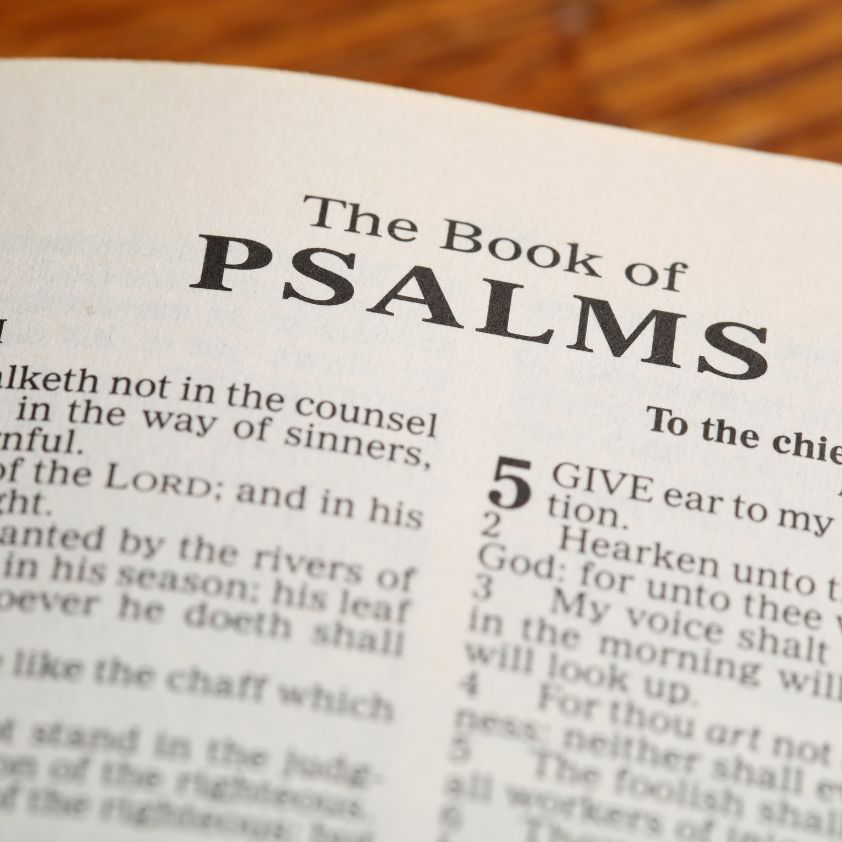
It’s fair to say that “unity” has been the kryptonite of the church. This is true both historically and in the present day. Even though it seems like a noble cause, church leaders unknowingly strive towards one goal—AUTONOMY. Many churches even publish this strategy in their statement of faith, boasting that they operate independently and are accountable to no one except God Himself.
Using the analogy of the human body (1 Cor 12), what if the parts and systems within the body—digestive, nervous, muscular,respiratory—declared their independence and decision to operate autonomously? We would be dramatically rendered ineffective—totally useless to anyone or anything. Or as my wife would say, a “big hot mess.”Sadly, this state appears to be our current trajectory.
There are various root causes for this situation. From the beginning with the Hebrews, they did not operate in unity. They were organized into twelve tribes that reflected variations in tradition, culture, and preferences. Each tribe was distinct and cohesive, but they were different. But when it came time to celebrate the Jewish Feasts’ and in times of war, they put these differences aside and operated as one.
In more recent times, the Ecumenicalmovementwhich started about 100 years ago, trieddeveloping closer relationships between denominations by finding common ground. It is fair to say that this initiative, while well intentioned, bore little lasting fruit. Many believe that striving for “sameness” is counter to God’s design which is infinitely diverse.
Given our current decline of the Church, it is essential that we band together and stop the tide of division. We need to understand how we can both celebrate our diversity and becomemuch more interconnectedthrough cooperation, partnering,and sharing. We must stop considering those who are simply different as being wrong. The scriptures have laid out a blueprint for the Church. It is up to us to see it come to fruition.



